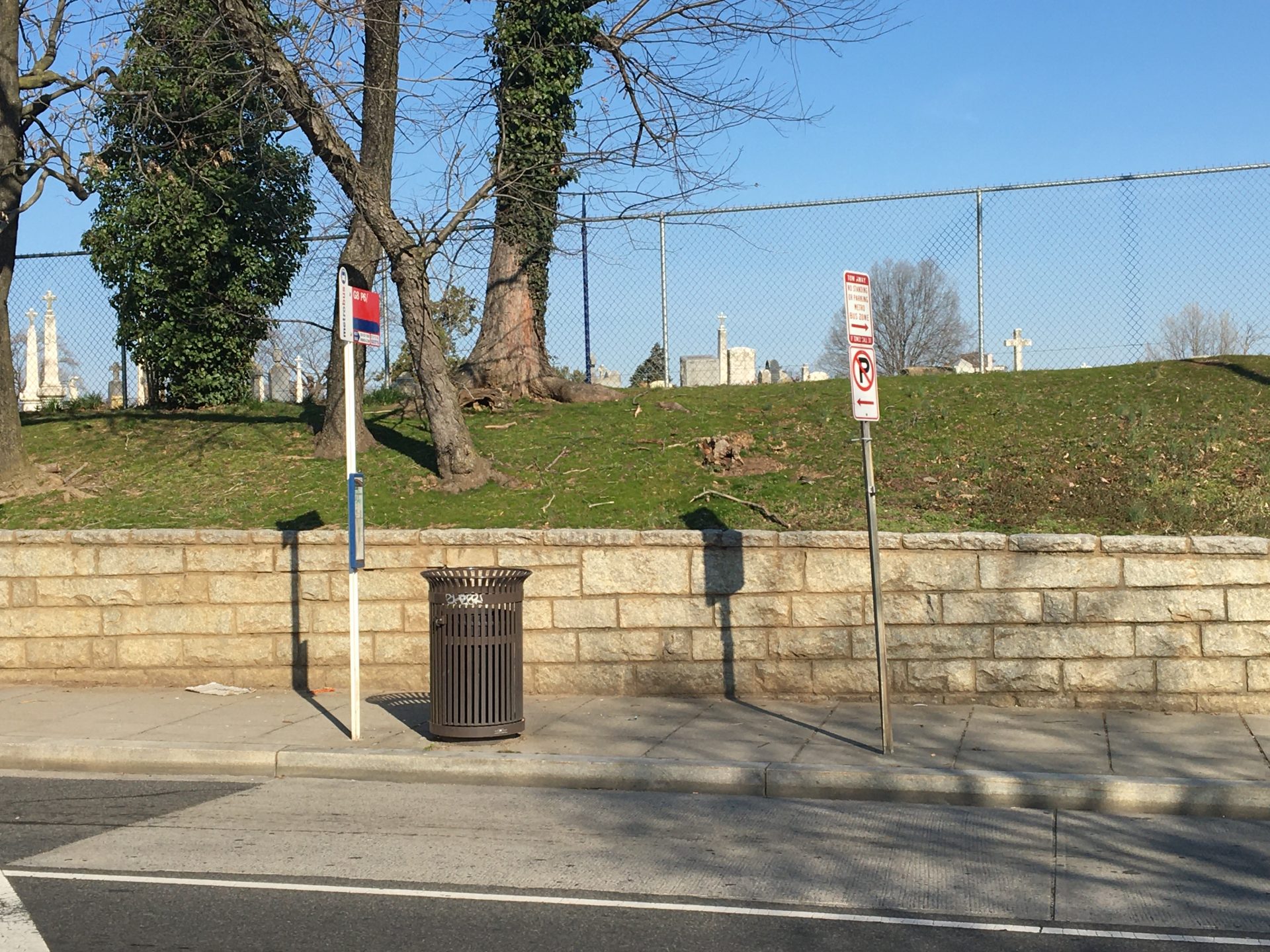Different Climes – Different Rides
Let’s say you live in a sprawling Southern city during the summer and need to get to the mall for work. It’s a quick, straightforward 5-mile drive due north but your partner has the car today. At least, you’re able to get dropped off home after your shift ends by a coworker who lives nearby. A rideshare app quotes the ride to work at $15, an hour worth of your shift. Biking in the brutal heat, with hardly any infrastructure or the ability to freshen up at work, is out of the question. Walking would take almost two hours. But, there’s the bus to the mall which runs every hour – closest stop a mile away. The bus ride itself will take an hour but at least it’s air conditioned and only $2. It’ll work today. Begrudgingly, the walk begins to the non-ideal bus stop, an unshaded sign next to a 8-lane road. Hopefully it’s on time…
Let’s say you live up North, near a small college town during the winter. Rent is cheaper outside the downtown core – you can more easily afford a bigger place for you and your pets. Today, you have an important doctor’s appointment. You’re running a little late; one of the cats got out. As you don’t have a car (if you did, your living arrangement would likely be less affordable than living downtown), you’d usually bike. But today it’s a blustering 10 degrees outside and the appointment’s soon. There’s not even bus service nearby. You decide to reach out to a couple friends; hopefully someone’s free to give you a ride…
Let’s say it’s spring and you live in a large Pacific Northwest city. Today, you have to overnight a client their commissioned art piece. You check the weather on your phone in the morning and it says what you thought it would: it’ll rain hard all day. You like the freshness it brings, but it makes moving around sidewalks with your wheelchair a bit more difficult. Trash flows out of trashcans and sidewalk divots fill up with water. It’s usually an easy 20-minute trip to the post office but it’s not worth the hassle today. You decide to request a ride through a rideshare app. Hopefully they won’t cancel upon finding out you use a mobility device…
Weather Makes the Trip
Weather is not often thought of as a mobility determinant but weather is the uncontrollable factor in the mobility choices that we make daily. In all three of these cases, weather shifts one’s typical day to a more unpredictable state. In the case of the commuter, weather plays a daily role in determining which of their area’s (limited) mobility options they choose from. The other two – with necessary errands and work tasks – have to work around their typical mobility choices in order to get where they need to go, on-time.
Mobility managers have a key role in making sure their clients are prepared for potential changes in weather. It can be as simple as calling to make sure they’re bundled up for the cold or brought enough water for the ensuing heatwave. It can also be the other end of the spectrum; making sure riders know how to stay-up-to-date on service changes (due to weather or not) or by having individualized contingency plans for certain weather situations (if it’s going to snow later in the evening and your county’s on-demand shuttle won’t be in operation, then always try to set up a ride to work with Grandma or Kevin beforehand!).
Additionally, infrastructure and the availability of mobility options locally synthesize to create the conditions for moving oneself in atypical weather. I refuse to bike when it’s rainy but I’m able to instead catch a bus, get on the Metro, or hail a cab here in DC. For those in cities without such a plethora of mobility options, weather can be a large dictator of the comfort and accessibility of your mobility options. Understanding the complete trip, and the way weather can impact it, is imperative. Biking in hot and humid conditions becomes that much more unwelcoming when a large chunk of your route includes riding on the shoulder of a busy four lane highway. If you just barely missed your once-an-hour bus in the pouring rain by leaving at just the right time from home (so you don’t have to stand in the rain), but rideshare isn’t available locally, what do you do? Trudge home and try in an hour?
Making sure no one trudges home in the rain is an often overlooked, but still critical tenant of successful mobility management. Advocating for better facilities can make weather less of a negative factor in one’s mobility so that they can – for example – wait in comfort to make their bus and not have to trudge home in disappointment again. People’s use of different transit services increases, as does satisfaction of service, when amenities are more welcoming and actually protect from the elements. Regardless of prime amenities or not, it is good practice to make sure that your clients are prepared for whatever the wind blows in.

